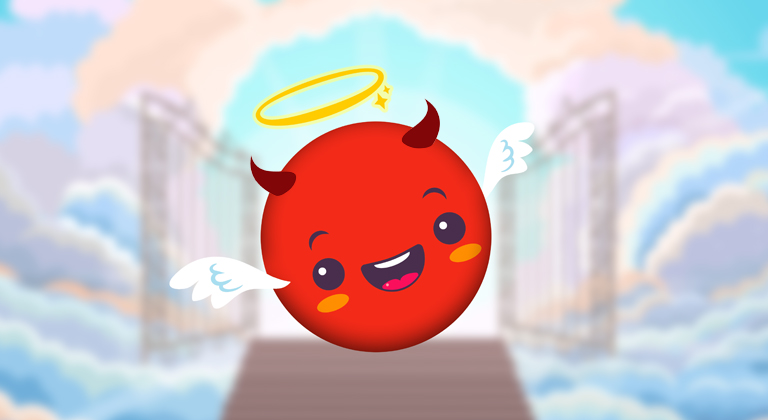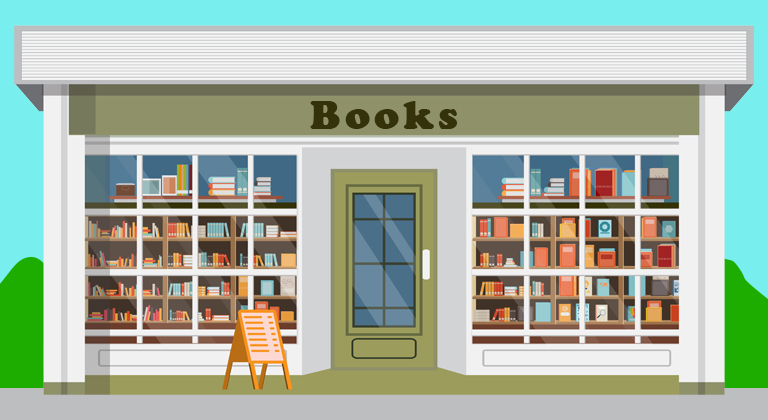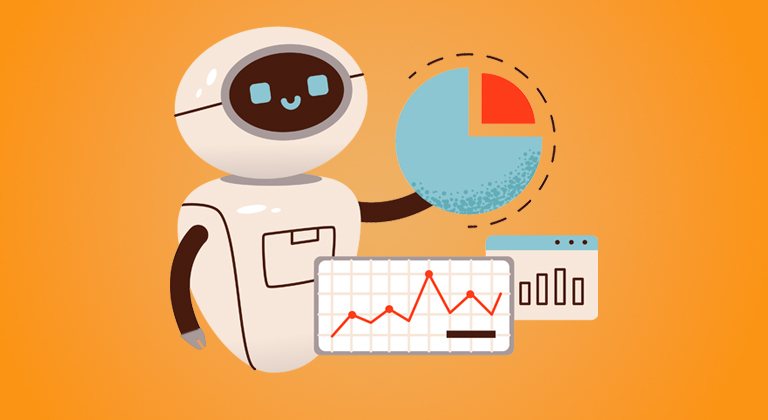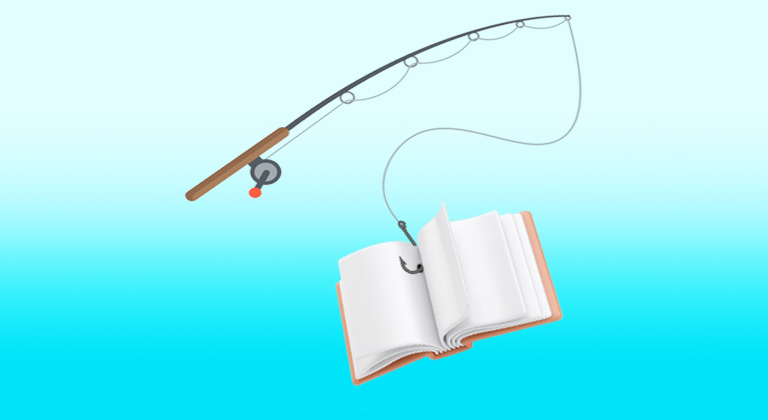Breaking Free: Why Direct Sales Might Be For You – Part One
Welcome to the first part of Ginger’s ongoing series about direct sales. In this series, he’ll explore why self-published authors should consider selling books directly to readers, rather than relying solely on traditional online book platforms.
As we’ve discussed before, authors face significant challenges in gaining visibility on sites dominated by advertising. Even when readers click on an ad, making an immediate purchase isn’t always straightforward, and the delay in receiving payment can be frustrating. Direct sales offer a way to bypass these obstacles, presenting an appealing alternative to traditional eBook stores. However, it’s not for everyone.
Over the next few weeks, Ginger will guide us through the benefits of the direct sales model, his personal reasons for choosing this path, the steps involved in setting it up, and the actual results he has seen since starting.
Back last year, Craig and I were excited to have Steve Pieper as a guest on our Fully Booked podcast, to discuss the potential of selling books directly to readers, rather than going through platforms like Amazon or iBooks.
The appeal is obvious. These days, Amazon has adopted such an advertising-heavy sales model that unless you’re spending money sending potential readers to your books, it’s very difficult to gain any organic visibility.
However, advertising isn’t easy – especially not when you’re advertising products with a very small profit margin. That’s why a lot of self-published authors are too intimidated to get started, or lose a lot of money trying to figure things out for themselves, and then give up in frustration.
This is compounded by one of the most frustrating roadblocks authors have faced recently – the inability to buy eBooks through the Amazon app on either Google or Apple phones. This is because of an annoying dispute between the companies, with Google and Apple demanding a share of every transaction made on one of their phones. Amazon argues that the profit margin on ebooks is so narrow that it’s not profitable to sell them on their Amazon app if Apple and Google take such a big share; and so they’ve simply removed the buying option completely.
And given that 98.5% of all Facebook users access the platform through their phone, you can see the problem! Readers might be eager to click on your ads and even buy your book – but they’ll have to fire up their laptop computer to actually complete the purchase. Even the most enthusiastic customers might kid themselves that they’ll do so later, but they never actually go back to complete the purchase.
Now, that’s not to say that advertising your books on Facebook isn’t worthwhile. I managed to run profitable advertising for several months thanks to the fact that my books were enrolled in Kindle Unlimited. Readers might not have been able to buy the books using the Amazon app, but they could download them and start reading them with Kindle Unlimited, and that’s where I saw 80% of my revenue come from during my time advertising on that platform.
Likewise, Amazon remembers when a user visits a book on the Amazon app, and will often display that book front-and-center when the same user logs in on their computer. For readers who’d promised themselves “I’ll buy this book later” the opportunity is now right in front of them. It’s just that there isn’t a direct route between ad-and-purchase. You’re paying to put your book into their sales algorithm with no guarantee that it will pop back in front of them when they’re in a book-buying mood.
Another traditional problem with advertising your books on Facebook was that there was no way to tell how many of the people who clicked on your ad eventually bought your book. The best you could do is send traffic to your product page and hope some of it resulted in book sales.
Amazon mitigated that recently with the development of Attribution Tags. These are uniquely generated URLS that you can use instead of a direct link to your book’s product page. They track whether or not a user clicked on Read More or Look Inside when they’re on your page, whether or not they bought your book, and how many pages they’d read through Kindle Unlimited.
It was something, at least – a way to gauge the success of an advertising campaign. However, the attribution system is far from perfect. It only tracks visits for 14 days, and only purchases made during that visit. It also doesn’t track purchases of that product made through a different sales route – for example, if somebody returns to Amazon and buys the book because of one of Amazon’s recommendation systems.
The whole reason your book was even shown to them in the first place was because they visited it by clicking on one of your ads. However, the Attribution Tag won’t recognize that sale; so according to the figures, your advertising “failed” even though the sale would never have happened without it!
I’ve seen this first hand. I struggled to break even according to the data about my Attribution Tags. However, every time I advertised, I also saw a massive spike in sales and page reads. I ended up calculating whether or not I was profitable based on the overall increase in sales, because I didn’t believe Attribution Tags were telling the whole story. Thanks to knowing what my “baseline” was without advertising, I think I did a pretty good job at figuring out my profit margin. However, part of the equation was definitely guesswork, and that’s a killer when it comes to ecommerce.
All I can tell you is that I did see an increase in sales when I was advertising on Facebook – enough to pay for my advertising and give me some profit. That might have been enough to keep me going, if it wasn’t for the final problem that advertising your books on Amazon presents you with: Actually getting paid.
Amazon pays its writers 60 days after the end of the month – so if you made $1,000 in book sales during January, that money wouldn’t actually land in your bank account until the end of March. This means that you need to have the money to sustain up to 90 days of advertising before Amazon actually gives you what you HOPE will be enough to cover your expenses.
So, if you’re spending $20 a day on advertising, you’d need access to $1,800 to be able to sustain your advertising long enough to get paid. That’s more money than a lot of writers easily have access to. Likewise, advertising isn’t easy. There’s no guarantee that you’ll make a profit – especially at first. This is an obstacle that many self-published authors find insurmountable.
Advertising profitably is certainly possible. I’ve done it. It just requires a really great product, the ability to make decisions even without all the data you need, and 90 days of capital to burn through with no guarantee of getting any of it back. That is a HUGE barrier for entry for most self-published authors.
Which is where the appeal of direct sales comes in.
Imagine being able to send potential readers directly to a platform in which they could buy your books right on their phone? Imagine being able to get data from that sales channel that could help you build a better buying experience, or create a better audience to advertise to. And, finally, imagine getting paid instantly, or within days of making a sale, instead of having to wait for 60-days-after-the-end-of-the-month?
I finally took the plunge in May of this year, and now I’ve got enough data to share my experiences. In the next few blog posts, I’m going to cover what that looked like, share my results, explain how to set it all up, and give some insight into whether or not I plan to continue with direct sales.
So, if you’re interested in whether or not direct sales are right for you, check out part 2!












So does this mean that you’re going Wide with your ebooks??! *hopeful look*